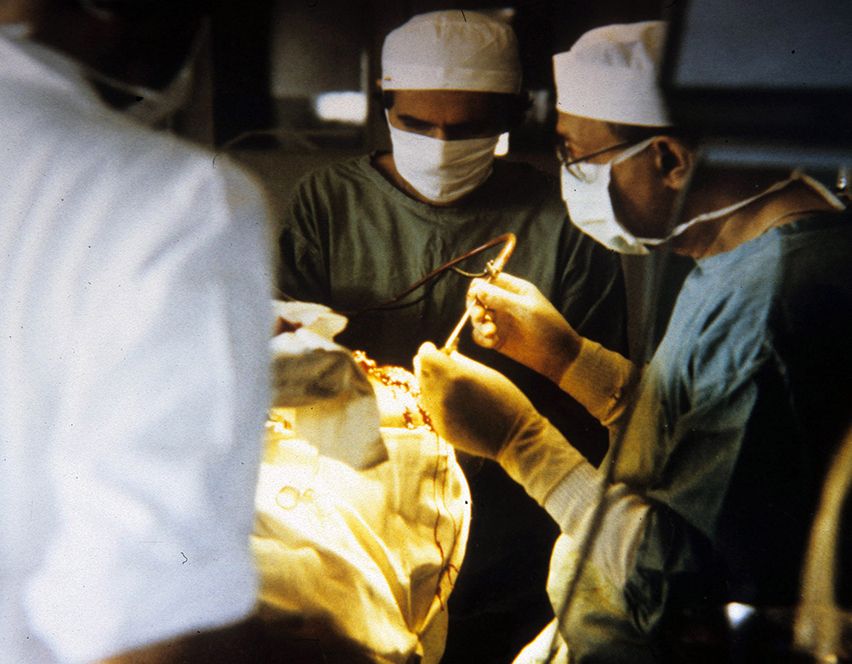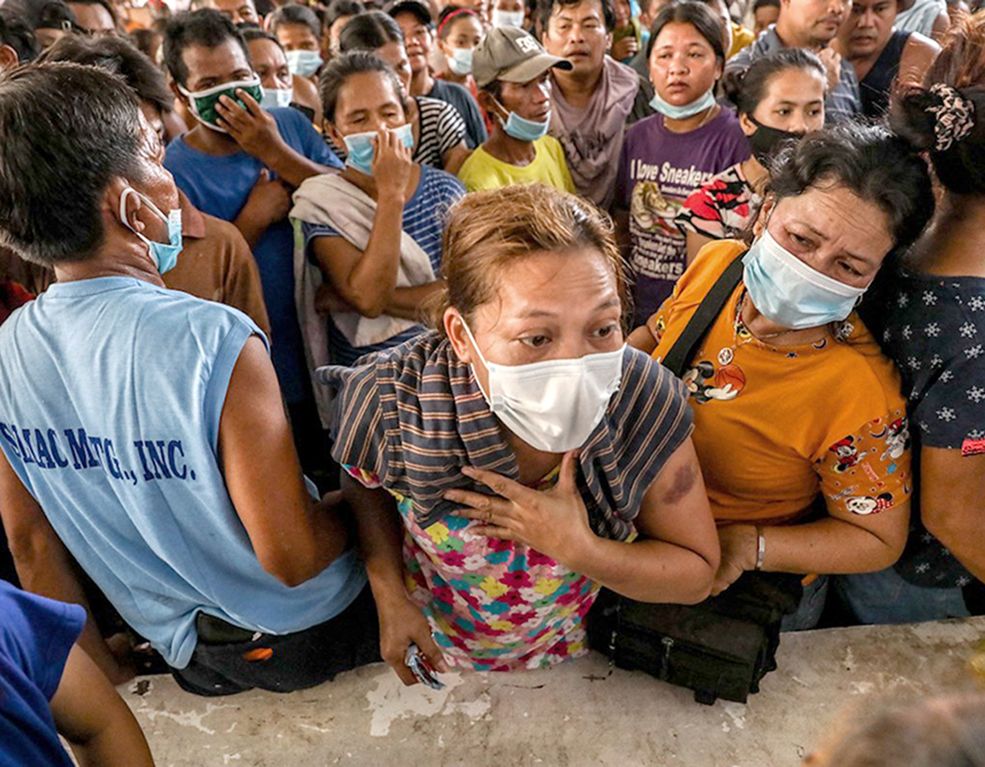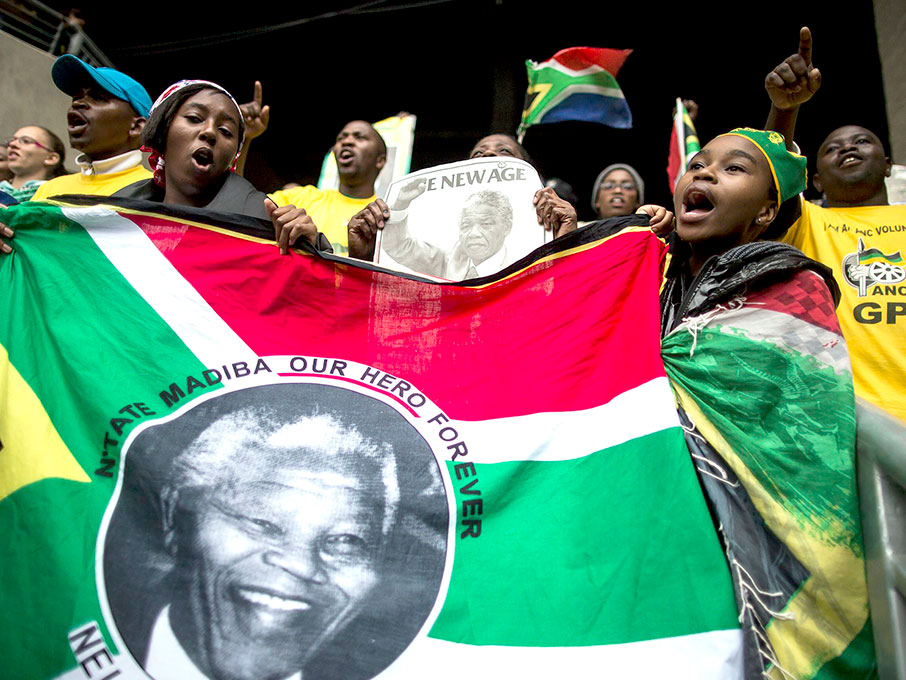Secunderabad, Andra Pradesh, India – The yellowed photo in Sr. Crocetta Thomas’ battered folder shows a tiny girl in a filthy dress, her matted hair a swirl of knots, flecked with what appears to be an errant thread or two. Swathi, then 5 years old, stares at the camera with a combination of hostility and confusion, her hands limp at her side.
Standing before me is the same girl. Swathi is now 8 years old, dressed in a crisp white school uniform, with a red tie and snappy turquoise vest. She is reading – perhaps a bit haltingly, but reading nonetheless – in English. Her clean, dark hair, fixed in two pigtails, sprightly bounce as she looks up and grins.
Sister Crocetta smiles, too. “The same child,” she says, “just different circumstances. That is, us: We provide the ‘different circumstances.’”
Here in Secunderabad, sister city to the high-tech capital of Hyderabad in the south of India, Salesian Sisters of Don Bosco, like Sister Crocetta, work to rescue girls of the slums, the beggars, the ragpickers, society’s cast-offs, the poorest of the poor. Too many of them have been sexually abused or exploited, some sold as prostitutes – as young as Swathi when she was brought to the sisters.
In the tradition of their patron saint, Don Bosco, who dedicated his life to poor and disenfranchised young people, the three Sisters, who live here, and the four at a nearby convent and school battle the overwhelming odds that condemn 500 million Indians, the most vulnerable among them girls and young women, to a seemingly unending cycle of poverty.
On the day I visited the Salesians’ tiny Navajeevana (which stands for New Life), there were 75 girls in residence. The number would rise up to 100; one night there were even 125. Regardless of their cramped quarters, the Sisters always find room for girls brought to them. They know the alternatives: the street or a poorly-funded and poorly-administered government facility where food is scarce (although each child is supposed to receive a food allowance each day, they often do not), the quarters are barely cleaner than the slums they came from, and beatings and sexual abuse of girls by workers and other predators are rampant.
Adopting a birthday and a name
The city of Hyderabad – like other major cities in India, especially those with a large presence of Western businesses – is trying to eradicate child labor. Government workers patrol the streets during daytime hours to find children who are not in school. Well-intentioned as it is, the approach is woefully inadequate because of lack of decent shelters, schools, and even the most basic social services.
This is where the Salesians came into the picture in a major way almost four years ago, when they agreed to take part in the National Child Labor Project. Knowing that government shelters would be only a little better than life in the slums, they made a bold promise: They would take in as many girls sent to them as possible.
“Some didn’t even know their names; they had spent their entire life on the streets, in a slum,” explains Sr. Margaret Yedanapalli, a robust, ebullient nun who talks as fast as a teenager although she is 62 years old. “Many didn’t know how old they were. So we look at their teeth and try to figure out how old they are (losing baby teeth is one indicator) and give each one a birthday and, if needed, a name.”
She opens the logbook where number 963 is the latest entry. It is Shanti, who was brought in just an hour before. We stood on the stairs as the government officials brought her to the Sisters. Shanti’s smell preceded her by 20 yards – from the bottom of the stairs to the top – where Sisters Crocetta and Margaret were waiting.
It was obvious Shanti did not want to be there. “She is a wage-earner,” Sister Crocetta says. “She wants to go back and help her single mother who lives in a slum. She might earn a dollar or so a day sorting through plastic bottles, cans and rags that are part of people’s garbage.” When asked if she had ever been a beggar, Shanti’s indignant look implied a stern “no.” “She is proud to be helping her mother; they are very poor; it is all they can do to survive,” adds Sister Crocetta.
Many of the girls, like Shanti, will eventually be claimed by a parent or relative, who must obtain a court order and promise to send the child to school. “They have no home, no money, no food; it is a noble desire, but there are children we see again and again, as they go right back to working in a tea stall, begging, rag-picking in order to survive,” says Sr. Alice Chacko, superior of the nearby convent and school.
Some of the girls are referred to as “pure orphans,” the parents having died, many of AIDS or alcohol-related illnesses. Others are children of prostitutes, who will likely, in turn, be offered as child prostitutes so mother and child can survive. Others are illegitimate or were simply left at a train station or bus stand by parents who couldn’t provide for themselves, much less for their children. Some mothers come and tearfully hand over children, as new husbands, wanting only sons, would not accept them.
Faith doesn’t work that way
Relying on donations, receiving some support from their school and a pittance from the government, the Salesians at Secunderabad hope, each day, that the food in their small pantry will be enough to feed all the girls. “Somehow, with God’s grace, no one goes hungry,” says Sister Crocetta, 61, who is superior of the orphanage. “There were nights I went to the pantry and just cried. But then, who knows how, there would be enough. If we had to plan on exactly how much we had and how many we had to feed, we would have gone mad. Faith doesn’t work that way.” She smiles, as she often does, peering over the top of her glasses. “I have learned.”
In my week with the Sisters at Secunderabad, I would never hear them complain about the precariousness of their situation. They seemed more amused than worried, never knowing who would be brought to them or when, never knowing what number would be there at meals, who would need a pair of shoes, medicine. Girls come in with malaria, typhoid or tuberculosis; anemia, malnutrition, extensive body rashes. And upper respiratory infections are almost expected. These Salesian Sisters are the frontline troops confronting the scourges of poverty in India – quietly, prayerfully living a life little different from that of their founder, Don Bosco.
In 1842, Don Bosco took in a single poor boy, a street urchin. Today, his order encompasses 25,000 priests worldwide who care for boys and young men and 15,000 Sisters who work with girls and young women. There are currently 204 Sisters in the Bangalore Province and, while vocations have dropped off because of changing cultural values and smaller family size, there are 26 novices, postulants and aspirants in formation.
A walk in the slums
As Sister Crocetta, Sister Margaret and I walk through the Nagavaigunta slum near the Vidyanagar crossroad, each inhalation of the hazy polluted city air searing the lungs, swarms of children surround us. The Sisters reach out to tiny, outstretched hands and poke their heads into the hovels of blue plastic tarpaulins, shards of wood, metal, cardboard, whatever building material could be cadged to provide shelter.
It is here that their work begins, as they may likely see one of these children in the government van some day. “We want the people to know that we are their friends, that we want only what is best for their children. But to them, education is a luxury they cannot afford to even consider. Every child is a potential source of income – sorting garbage, begging, some for purposes they are ashamed to admit.”
And so, being brought to the Sisters – who will provide safety; a crowded, but at least reasonably clean place to sleep; food; and help in getting into and staying in school – is not always considered desirable. “Do these women love their child any less than a middle-class Indian woman?” asks Sister Crocetta. “It is our job to help the poor mothers see beyond the needs of this day, to show them that only through education can their children hope to have a better life. The children themselves have to be convinced. They enjoy the freedom of the streets, where they can beg and get some sweets or can buy alcohol or a bottle of typing correction fluid and inhale it, to make them feel better.”
It is here that the gentle persuasion of the Don Bosco way is practiced. These Sisters are not ardent evangelicals only out for a conversion, the type of Christians that the Indian government in this predominantly Hindu nation so abhors.
“We try to be mother, sister, friend to the girls,” says Sister Margaret. “First, we must win their confidence. Only then will they agree to stay with us, to go to school, to try to better their lives. Some will become Catholics, but that is not at the top of our minds. I don’t believe God is telling us to look for slum children and make them Catholics. He is asking us to lovingly care for them. And that does not only mean a roof over their head and food. It means to love them as our own children. Many have never experienced that kind of love. It is love that will bring them out, transform them, give them hope. Without love, they will be no better off going on with their lives than when coming to us.”
And they do go on. Five Navajeevana girls were married within the past 18 months, to good husbands, with good jobs.
I came to Secunderabad after accidentally coming upon the work of the Salesians, four years before, in another orphanage in Kochi, a city to the south. My wife, Tracy, and I were tourists and when the driver asked what we wanted to see as there was time left in the day, for some reason I blurted out, without even thinking: “We’re Catholics. What is the church doing to help these children begging on the streets?” We were taken to Prathyasha Bhavan (Home of Hope), where we found over 60 orphaned children, including Reena, a 6-year-old who had been kidnapped by the beggar mafia. They wanted to make her an even better and more pitiable beggar. They held her down and plunged a darning needle into her left eye, blinding her. It was a scene right out of the movie “Slumdog Millionaire,” except this was a real girl standing before us who had been so cruelly maimed.
I looked down in horror. Reena returned my look with the most beatific smile I had ever seen. That was it. I just couldn’t press a few dollars in the Sister’s hand and get back into the car. Our interest in the work of the Salesians in Bangalore started right there.
Chance for a ‘New Life’
New girls, who are brought to Navajeevana, do not immediately go to school. “If we would send them to school right away, that would be the last we would see of them,” says Sister Crocetta. Once the girl is stabilized, and is older, that’s the time the girl is sent to a government school, where the medium of instruction is in Telagu, the local language. The younger ones, who have a better chance of learning in English, are sent to the Salesians’ own Auxilium School, a few kilometers away.
Good education in English for grade school and high school is largely privatized in India. Some inventive non-church entrepreneurs even use “Saint” or “Convent” in naming their institutions to attract students because Catholic-run schools have such a reputation for top-notch schooling. The Sisters could easily fill their classes with paying students, “but that would not be in keeping with the charism of our founder,” says Sr. Rosily Theckanath, Auxilium’s principal. “Our work is with the poor; we have never forgotten that.”
And, unlike other Catholic schools in India that educate the children of the upper and middle classes and demand high fees, the Sisters, in this one of six Salesian provinces in India, operate 18 schools, from pre-kindergarten to community colleges, stubbornly refusing to listen to market demands.
“We would send all of our street children to our English-medium school, but the trauma of their lives, the difficulty in learning in a foreign language, is more than they can withstand,” says Sister Crocetta. “Regardless of where they go, they go to school,” she adds, “and we are there at the end of their day to greet them, hear about their experiences, offer a snack, help with homework. We are their family.”
After supper, usually rice and a vegetable curry, it is recreation time, but as the orphanage is in a tiny building on well-traveled Krishnanagar Road, Sister Margaret takes the girls out through a side door. Forming a circle with the children, and behaving like one of them, she merrily dances with the children on the dusty side street, stopping momentarily, from time to time, for two-wheelers and automobiles to pass through their regular route.
After saying the rosary at day’s end, the children go to the top floor of their building and carefully lie down on straw mats on the concrete floor. Side by side in neat rows, they look like precious little sausages, packed together. Their heads almost touching each other’s, there is barely room for Sr. Lourdumary Antony to step on to cover four or five girls with a single blanket. Lights go out. All the girls are safe. All are fed. At least, for one more day.
*Paul Wilkes is a freelance writer and author of the recently published In Due Season: A Catholic Life; he is the Executive Director of Homes of Hope (www.homeofhopeindia.org)
















